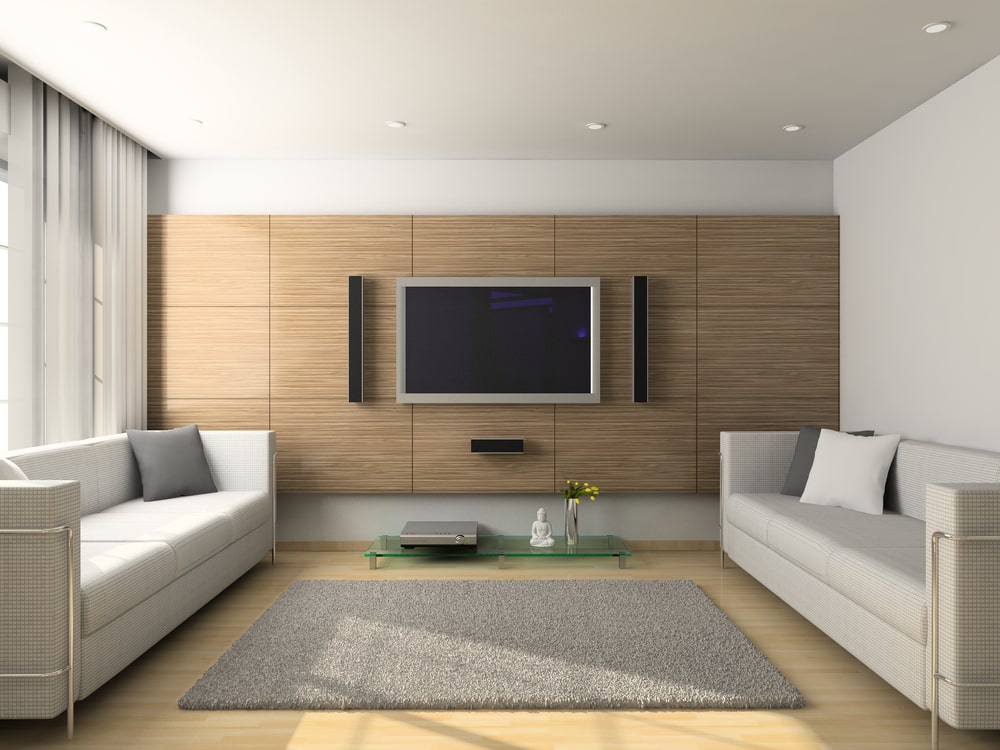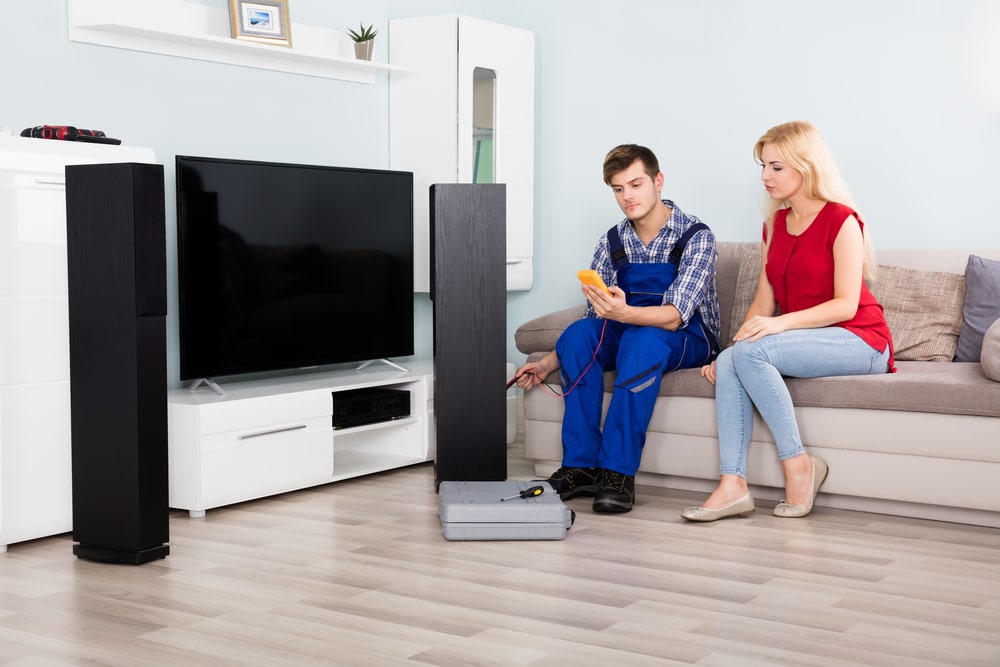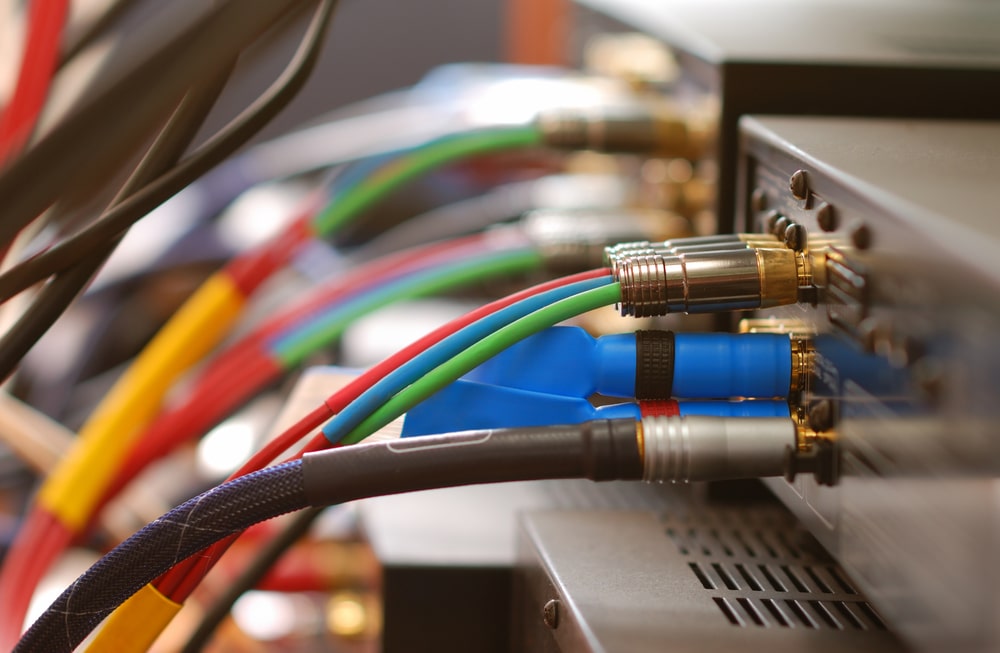Quick and Easy Home Theater Wiring Tips
Home theater wiring may seem daunting at first – especially to novice home theater enthusiasts. Looking at different connections, wires, and cables may simply overwhelm anyone.
However, don’t let this hinder you from enjoying your own entertainment system at home. Wiring and connecting your home theater system doesn’t have to be too complicated.
In today’s post, let’s take a look at the basics of home theater wiring.
What Is the Scale of Your Home Theater Project?
Of the primary considerations when wiring your home theater system is the scale of your home theater project.
If it’s a big project with flashy and sophisticated components that need structural changes, then it’s better to hire the services of a professional.
However, if your home theater project is not that extensive – and you have the DIY knowledge and capacity to do it – then you can certainly do the project yourself. The DIY route might take longer than hiring a professional installer.
It’s essential to know the different types of wires needed to connect a home theater system. Furthermore, you need to know the necessary connections on various audio and video devices. TVs, projectors, and A/V components will have the most common connections.
Nevertheless, manufacturers usually label the connections and wires, so you know what part goes where.
Home theater speakers, surround sound systems in particular, typically pose the biggest wiring challenge. This is especially true if you are a novice. Speaker systems don’t tend to have the needed wiring information.
Thus, you will have to research the accurate gauge wire for your setup. Once you know what you need, you will have to connect to the complete system. This may seem not very easy, but it doesn’t have to be. There’s plenty of information available online for you. You may just need to know how to identify what resources are reliable to follow correctly.
Home Theater Cable and Wiring Management
First things first: try not to get confused about the wiring and cable options you have. If anything, it’s good to have options so you can pick the best one that works for you.
Naturally, you can hire a professional to help with your home theater wiring. However, it always helps to know the fundamentals of cable management yourself.
Any entertainment system setup or redesign requires proper home theater wiring.
Whether it’s a professional installation or you’re setting up your home media system yourself, home theater cable and wiring management ensures a safe, correct, and sophisticated design.
Types of Cable
Here are some of the common types of home theater cables you will encounter during your home theater wiring project:
- HMDI – the standard type of cable for TVs and other common devices.
- DVI – cables that send analog or digital signals; used for computers and projectors.
- Component – a common type of connection needed for standard and high-def images.
- VGA/RGB – the most used connection for laptops and computers.
- Coaxial – used for transmitting high-quality sound signals between different devices; popular pick among many home theater enthusiasts.
- SCART – the older type of cable connection used in VCRs.
Home Theater Installation: Lighting and Electronics
A home theater system will have two key components: the electronics element and the lighting system.
These parts are vital to the overall home theater experience. If one is not installed correctly, the system will not function as it should. Additionally, good home theater wiring entails discreetly hiding the cables and wires.
This ensures that there is no potential safety or fire hazard. On top of that, discreetly hiding cables and wires enhances the aesthetic element of your home theater installation in your home.
If you want to choose the DIY route when installing home theater wiring, please consult a professional first. You can only do so much research when it comes to electrical installations. An electrical professional will have the necessary expertise, experience, and equipment to do a home theater wiring installation project.
Don’t compromise your safety with DIY wiring and cable management. Even if you have some experience, we strongly recommend discussing the project with a professional installer, specifically someone with a Custom Electronics Design and Installation Association (CEDIA) certification.
CEDIA-certified professionals will know proper wiring and cable installation techniques.
On top of that, professionals know what local statutes to abide by for installation and inspection.
When you have completed the safety and inspection requirements, consider the electronics and lighting setup within the designated home entertainment space.
Your home theater wiring will need to rely on the electronics and lighting setup.
Furthermore, you will need to consider the following factors when it comes to home theater installation:
- Layout and size of the room
- Number of guests you expect to have
- Home theater furniture
- Soundproofing
- Display/screen size
- Location of the display screen
- Audio system
- Type and quantity of the lighting system
Once you have a plan in place for wiring the lighting and electronics, the next thing to think about is the control of the lighting setup.
You will have several different home theater wiring options for your lighting system. You can pick either a hard-wired or smart-device-operated system. These systems are linked to a whole-house automation system.
You need to know the full range of costs and complexities available to you to determine what option is best for your home theater wiring system.
Home Theater Wiring: Common Mistakes to Avoid
Make Sure Everything Is Connected
A home theater system cannot function properly if it’s not connected. Unfortunately, many people would buy a 5.1 or 7.1 surround sound system only to leave some of the speaker components unused because they didn’t get installed.
There are several ways to set up a home surround sound system. A professional can help you discreetly utilize crown moldings or walls to run and hide the wires and cables. Whatever method you use, make sure you properly connect everything.
Proper wiring and cable management elevates your home theater experience.
Prepare for Subsequent Upgrades
When you get a surround sound system for your home media room, you’ve transformed yourself into a home theater enthusiast. It’s eventual to start thinking about the upgrades you would want to incorporate with the system.
This thinking means you have to plan for future upgrades. Doing so will prevent any issues or hassles along the way. A lot of equipment are already upgradable upon purchase. However, you should not buy those with proprietary connections if you want to upgrade.
In many cases, proper installation of the home surround sound system makes sure that it’s upgradable. It’s vital to wire them correctly whether you use on-wall, in-wall, stand-mounted, or in-ceiling surround sound speakers.
Planning your home surround system setup saves you time, energy, and resources when the eventual upgrade comes.
Ventilation Is Vital
If any component of your home theater system will be housed in a piece of furniture, make sure it’s adequately ventilated.
For instance, if you are going to store your amplifier in a cabinet without proper ventilation, it will affect the performance and life of the equipment.
As you know, electrical components need sufficient ventilation in an enclosed space. Make sure you give your home theater equipment and AV products plenty of ventilation to facilitate more airflow.
Final Word
Wiring and connecting your home theater system may seem daunting at first. However, if you’re up to the task and prepare for it, it can certainly be done.
Make sure you do the proper research so you can plan everything before buying any equipment.
We hope the information you find in today’s post helps you create effective, safe, and efficient home theater wiring.
 Jarek Ostrowski
Jarek Ostrowski  August 13, 2021
August 13, 2021




